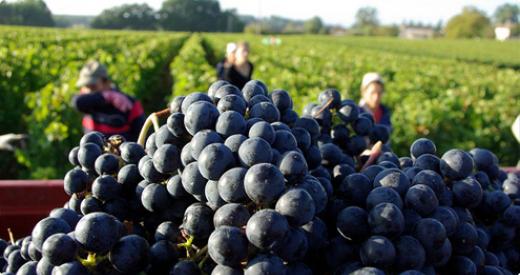Natural Wines with Kenichi Ohashi (Part II)

Kenichi Ohashi continues his views and experience on natural wines with Asian Palate. (Please refer toPart Ifor the whole interview.)
AP: Asian Palate KO: Kenichi Ohashi
AP: How do you define ‘natural wine’? Is it different from how the Japanese or international market defines it?
KO: I don’t know the definition of natural wine in other countries. But even at the start, I declared at the beginning of my book “Over 95% of wines indicated as natural/organic/biodynamic wines are maybe healthier but not as tasty for me. But the other less than 5% really appeal with their purity of taste and are so tasty!”
So many Japanese sommeliers have read my book “Natural Wine”, and maybe know my personal opinion (not that I know whether they agree or not). Especially when I featured a quantity of SO2 rather than an organic method or biodynamic method there.
Since I have tasted a lot of wines for the preparation for caviste competition certified by the Japan Sommelier Association 1999, I found out the atypical taste of the Beaujolais wine by Marcel Lapierre. It was not like common Beaujolais showing the influence of MC/ or confectionary aromas). But it appealed to me a lot with its amazingly “exuberant” raspberry note (maybe with a touch of VA), and I fell in love with it. After that, I researched a lot into why this wine’s taste was like this. The importer told me that it was organically farmed. However, I have tasted other organic Beaujolais, and they were completely unlike Marcel’s. The agricultural method did not relate hugely to the quality for me. After then, I researched yeast strain, fermentation temperature, but they were still not the cause. Finally, I asked Marcel directly, and he told me that he didn’t use any SO2 up until bottling. This had been crucial thing for that exuberant fruit for me.
At the present, so many importers have declared that their imported wines are just natural wines in our market. (But for me privately, a dry white with over 100ppm SO2 total is fairly difficult to declare as “natural wine” because people who are used to enjoying a very low SO2 natural wine can easily get a headache! If that wine is farmed in the organic, even biodynamic way, I cannot call it natural wine. Inversely, if a wine that is farmed sustainably with a good programme and very low SO2, I can call it natural. It is fairly controversial, I know. But my body tells me that the latter one is better for me.
Therefore, depending on the consumers’ own feeling, the definition of natural wine is changeable, I think. For me, SO2 quantity is the most serious thing to define whether these are natural or not. For me, great natural wines appeal with their taste through my throat (not my palate) like “pure rainwater in their regions through the vines”. This phrase “great natural wine” is not a good term for me. Real essential natural wine is like nothing- like Zen, mineral water through the vine.
AP: What do you think of the future of natural wines in Japan?
KO: Half of the percentage of consumption will remain, and the other half will disappear, since wines that exhibit high VA, high Brett, high Hydrogen sulphide are quite curious. We enjoy drinking these mysterious ones at the present and feeling a headache-free situation. But the other half of enjoying these wines is just sophistication e.g. study for regionality, AOC system, varietal expression, and so on- albeit natural wines that I can regard as healthy. I think that these people of the latter half will wish to return to the previous wine world.
AP: What are your favourite natural wine producers? Do they achieve a premium price because of their status as natural wine or is it just quality of their wine overall?
KO: Some of the best quality natural wines in France include Romanée-Conti and Leflaive from Burgundy, and Château le Puy from Bordeaux. Other countries include Ratzenberger from the Mittelrhein in Germany, Bass Philip and Curley Flat in Australia and Domaine Takahiko in Japan to but name a few. Almost of all of them appeal with their quality, but not in the normal way. Most of them don’t even indicate any certification on their labels. However recently, their prices have increased step by step here.









